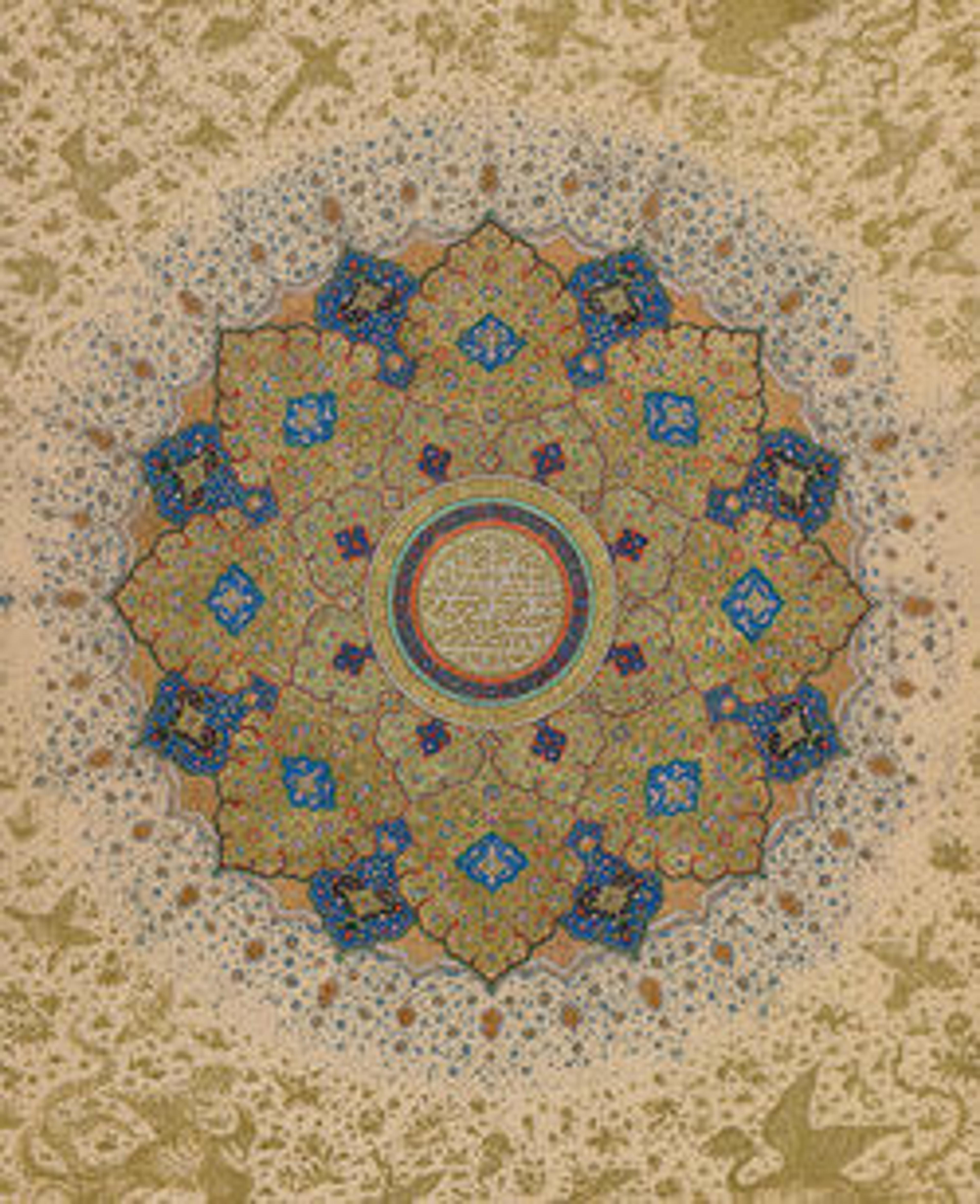Pair of Doors Carved in the 'Beveled Style'
Artwork Details
- Title:Pair of Doors Carved in the 'Beveled Style'
- Date:9th century
- Geography:Found Iraq, probably Takrit. From Iraq, probably Samarra
- Medium:Wood (teak); carved
- Dimensions:H. 86 1/2 in. (221 cm)
W. 20 1/4 in (51.4 cm)
Combined W. 41 1/4 in (104.8 cm)
D. 1 1/2 in.
Wt. 165 lbs. (74.8 kg) weight includes 31.119.1, 31.1192 and wooden mount without plexi. mount is probably half of this weight. - Classification:Wood
- Credit Line:Fletcher Fund, 1931
- Object Number:31.119.1
- Curatorial Department: Islamic Art
Audio
6682. Pair of Doors Carved in the 'Beveled Style'
NARRATOR: These wooden doors date from the time of the Abbasid Caliphate. It’s the period associated with the Arabian Nights, when the Islamic Empire was at its political, economic and cultural apex.
STEFAN HEIDEMANN: A lot of building activities are associated with this period. New cities were founded. Some of the cities… had an enormous size, which shows the wealth of the Empire.
NARRATOR: Curator Stephan Heidemann points out that these doors are thought to have come from a palace in the city of Samarra, in Iraq. They show a development from a previous building style – which had used many conventions from the classical past. In these doors we see the flowering of a new, wholly Islamic style.
STEFAN HEIDEMANN: It's called the beveled style. It is not the only style used in Samarra, but it is its most prominent. The background vanishes by the beveling of the ornaments. And this beveling style with this high abstraction is one of the most intricate developments in Islamic art. As an imperial style, it spread very soon to Egypt and to Eastern Iran where you'll find similar objects in the showcases. The palaces of Samarra are famous for their interior decoration. Imagine these doors as part of this splendid interior, and imagine the Caliph of the Arabian Nights coming just through it.
More Artwork
Research Resources
The Met provides unparalleled resources for research and welcomes an international community of students and scholars. The Met's Open Access API is where creators and researchers can connect to the The Met collection. Open Access data and public domain images are available for unrestricted commercial and noncommercial use without permission or fee.
To request images under copyright and other restrictions, please use this Image Request form.
Feedback
We continue to research and examine historical and cultural context for objects in The Met collection. If you have comments or questions about this object record, please contact us using the form below. The Museum looks forward to receiving your comments.
